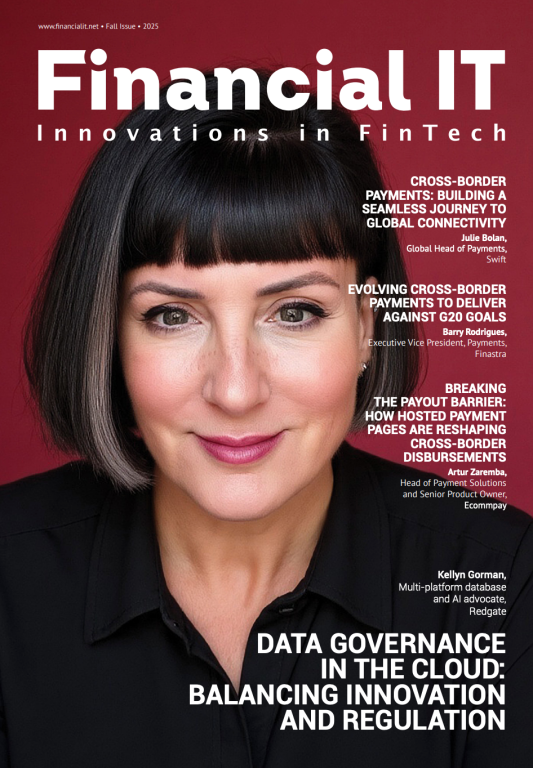Unlimit Offers Apple Pay for Disbursements
- 28.10.2025 11:45 am
One Inc Brings Embedded Digital Payments to Canadian P...
- 28.10.2025 08:15 am
Ecommpay Partners with humm to Meet Demand for Online...
- 08.10.2025 10:05 am
Fuse Breaks Dollar Clearing Bottleneck With USD...
- 02.10.2025 08:35 am
CaixaBank Reaches Nearly Five Million Mobile Payment...
- 26.08.2025 11:10 am
Quant Makes Money Smarter With Rollout of Industry-...
- 22.05.2025 02:35 pm
PayPal and Coinbase Expand Partnership to Drive...
- 24.04.2025 03:05 pm
Bleap Partners With Mastercard to Connect Stablecoin...
- 16.04.2025 04:30 pm
Cashflows Fuels 475% Turnover Growth For Get Found In...
- 15.04.2025 09:15 am
MoneyGram And Mastercard Collaborate To Advance...
- 02.04.2025 04:50 pm
Edenred Payment Solutions Launches New Product to...
- 19.03.2025 12:05 pm
Reece Partners With Adyen to Boost Customer Experience...
- 11.03.2025 08:45 am






















